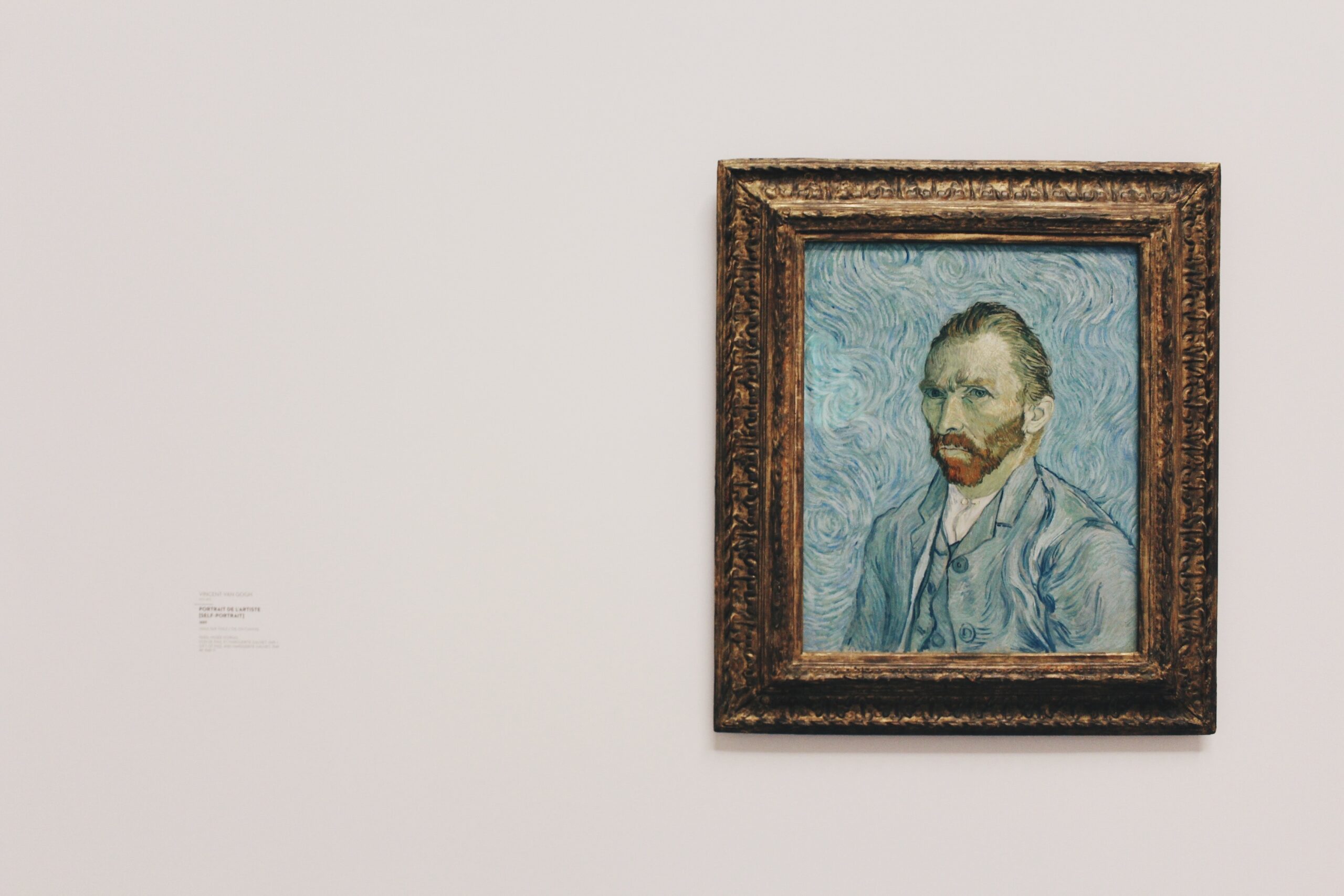Throughout history, there have been many influential and groundbreaking painters who have shaped the art world. From the renowned Renaissance masters to the avant-garde painters of the 20th century, these artists have produced iconic works that have stood the test of time. Their unique styles, masterful techniques, and creative visions live on through their timeless paintings.
In this article, we will explore some of the most famous painters from art history, looking at their key works and analyzing their impact. The artists covered include pioneering figures like Leonardo da Vinci, Vincent Van Gogh, and Pablo Picasso, among other greats across different art movements and periods.
Renaissance Masters
Leonardo da Vinci
Leonardo da Vinci (1452-1519) was the prototypical Renaissance man with talents across various disciplines. However, he is most renowned for his artworks that showcase his masterful techniques and scientific knowledge.
Key paintings:
- Mona Lisa – His most famous portrait depicting a woman with an enigmatic smile set against an ethereal landscape background. It revolutionized secular portraiture art.
- The Last Supper is a 15th-century mural showcasing da Vinci’s anatomy, perspective, and emotion expertise. The realistic depictions and powerful symbolism around Christ and his disciples have intrigued critics and historians.
Impact and legacy:
With his unique sfumato and chiaroscuro techniques, scientific knowledge, and innovative approaches, da Vinci helped pioneer new creative standards in art. His works also perfectly captured the Renaissance ideals of humanism, proportion, and perspective. The Mona Lisa remains an unmatched and instantly recognizable masterpiece surrounded by mystery.
Michelangelo
Michelangelo (1475-1564) was a prolific artist and sculptor known for his grand, larger-than-life works. His ambitious Sistine Chapel ceiling frescoes have been lauded as some of humanity’s most remarkable artistic feats.
Key paintings and works:
- Creation of Adam – This iconic section from the Sistine Chapel ceilings depicts God and Adam with outstretched arms. It’s a quintessential example of Michelangelo’s powerful, grand style.
- David – His famous marble sculpture of the Biblical hero exuded physical perfection that aligned with the artist’s passion for human anatomy and form.
Impact and legacy:
Michelangelo brought a monumental scale and vivid intensity to his works across painting and sculpture. The Sistine Chapel frescoes required an ingenious scaffolding and paint mixture created by Michelangelo himself. He had immense influence as an artist in the High Renaissance era and the following generations. His artistic ambitions and capabilities exceeded those of his contemporaries.
Post-Impressionist Innovators
Vincent Van Gogh
The Dutch painter Vincent Van Gogh (1853-1890) was a passionate artist who conveyed deep emotion through his bold, dramatic use of color and weighty brushstrokes. Though underappreciated in life, his iconic paintings now rank among the world’s most recognizable works.
Key paintings:
- The Starry Night is Van Gogh’s signature landscape with a night sky swirling over a remote village. The intense color palette and thick, sculptural brushstrokes create a transcendent, poetic scene.
- Sunflowers – His still life series epitomizes Van Gogh’s signature vibrant yellow tones next to fiery oranges and kaleidoscopic backgrounds. The paintings exude positivity even as the flowers wilt.
Impact and legacy:
Van Gogh ushered in a revolutionary, expressionistic approach to his subjects. His brief but prolific career created over 2,100 works that helped lay the foundations for modern art. He used color, thick paint application, and decisive brushstrokes to convey emotion and add a subjective, personal reality to his paintings. His unconventional, deeply felt works still resonate with audiences today.
Claude Monet
As the pioneer of French Impressionism, Claude Monet (1840-1926) radically changed perceptions and standards across the traditional art establishment with his spontaneously captured outdoor paintings. His loose brushwork and experiments with light and color created signature ethereal, atmospheric scenes.
Key paintings:
- Impression Sunrise – This 1872 harborside view was coined “Impressionism” as critics panned its rough, “impressionistic” quality against detailed realism. But is the capture of hazy light what would define Monet’s open-air style?
- The Water Lilies – Around 250 oil paintings were created by Monet in his iconic water lilies series. They showcase his talent for distilling a scene to its vivid impressions using thick, tangible brushstrokes.
Impact and legacy:
Monet’s Impressionist works severed ties with the demand for realism in art as he chased the subtle shifts in light, color, and atmosphere at a specific moment. His broad, tactile brushstrokes and modern subject matter created a quiet revolution in the art status quo. Monet paved the way for further avant-garde advances via Post-Impressionism and Abstract art across the 20th century.
Pioneers of Modern Art
Pablo Picasso
Hailed by many as the most influential artist of the 20th century, Pablo Picasso was a visionary figure whose seismic contributions reshaped perceptions in modern art. His endless experimentation across different styles and media led to over 50,000 works.
Key paintings:
- Les Demoiselles d’Avignon (1907) – Picasso’s radical, fractured depiction of five nude female subjects signaled the genesis point for Cubism. The contrasting geometric planes and perspectives revolutionized the painting’s structure.
- Guernica (1937) – His raw, monochromatic depiction of the Nazis’ bombing of a Basque town conveyed the anguish, violence and suffering with nightmarish potency. It became Picasso’s most renowned political work.
Impact and legacy:
Picasso co-founded the Cubist movement, dismantling conventional linear and aerial perspective approaches via multi-view angles and abstract geometric forms. His constant stylistic reinventions also created various new “isms” like Surrealism. As both artist and provocateur, Picasso altered notions of style, technique, and subject matter in art across the 20th century and set new avant-garde standards.
Salvador Dali
The preeminent Surrealist artist Salvador Dali immersed viewers in his bizarre, dreamlike paintings filled with melting watches, double images, and morphing shapes, creating an unforgettable visual language. Known as much for his flamboyant persona as his fantastical works, Dali promoted radical thinking in art that still feels ahead of its time.
Key paintings:
- The Persistence of Memory (1931) – Dali’s iconic melting clock painting pioneered his parade of Surrealist symbols and motifs questioning reality. The limp watches defying physics tapped into dreams and the subconscious realm.
- Swans Reflecting Elephants (1937) – Dali paints swans with impossibly thin, spindly legs in another prime Surrealist landscape while reflections in the lake reveal pachyderms and an apocalyptic backdrop. The double images captured the illogical visions of dreams and fantasies.
Impact and legacy:
Dali’s mind-twisting imagery built an instantly recognizable iconography using doubled, metamorphosed objects as his subjects. He rendered dreams and visions into tangible yet fantastical paintings via his deep understanding of form and perspective. Dali also infiltrated popular culture and advertising via his Surrealist motifs that still reference his signature style today.
Andy Warhol
The leading figure of American Pop Art, Andy Warhol’s obsession with consumerism, celebrities, and mass media revolutionized interpretations of commercial art versus fine art. His experimental works using repetition, color, and abstraction made him one of the most influential artists of the postmodern era.
Key paintings:
- Campbell’s Soup Cans (1962) – This work features repetitive images of canned soup and embodies Warhol’s fixation on consumer culture and mass production. The mundane subject matter reflected new postmodern standards, mixing commercial branding into fine art.
- Marilyn Diptych (1962) – Warhol contrasted colorful panels with muted black/white images of Marilyn Monroe to convey her global fame and tragic death. It highlighted his talent for cultural commentary on celebrities through vivid pop imagery.
Impact and legacy:
Warhol’s pioneering of Pop Art capped the modernist era by celebrating common popular culture in defiant contrast to traditional “high art” standards for painting. His screen printing and coloring techniques created signature streamlined, impersonal styles. Warhol also harnessed the power of his image and cultural influence in advancing postmodern art ideas across media like film, music, and photography.
Conclusion
The painters showcased in this article represent some of history’s most talented artistic visionaries who evolved visual art practices via their masterpieces. Their revolutionary painting styles, immortal subjects, and impact on emerging genres and movements have cemented their legacies across the centuries. From the atmospheric color mastery of Claude Monet to the surreal dreamscapes of Salvador Dali or pop culture riffs by Andy Warhol, these great artists demonstrate the limitless creative potential of painting as a medium. Their diverse works of genius inspire audiences and fellow artists today.

